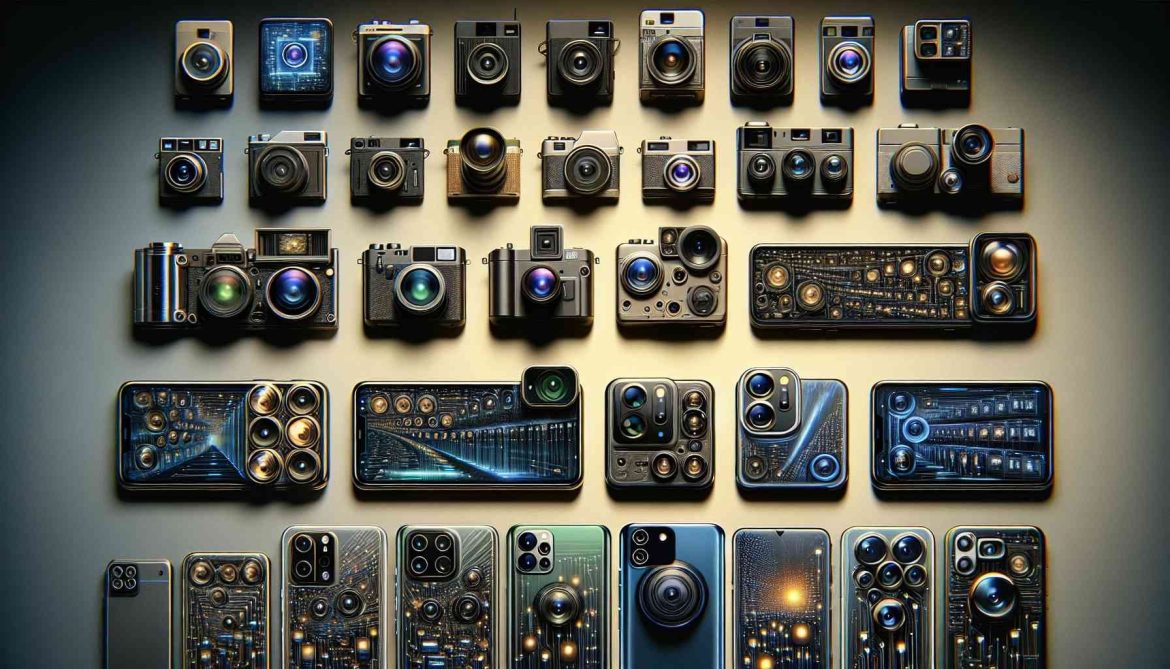As a seasoned technical copywriter with a decade of experience, I am excited to explore the fascinating world of smartphone cameras and their evolution over the years. In this article, we will delve into the latest trends shaping smartphone camera technology and peer into the future to anticipate the innovations that lie ahead.
The Early Days of Smartphone Cameras
Modest Beginnings
Smartphone cameras had modest beginnings, with early models featuring low-resolution sensors that could capture basic photos. These cameras were primarily intended for casual snapshots, not as serious photography tools.
The Megapixel Race
The race to increase megapixel counts marked a significant phase in smartphone camera development. Manufacturers competed to offer higher resolution sensors, believing that more megapixels equaled better image quality. However, this approach had its limitations, including larger file sizes and diminished low-light performance.
The Rise of Computational Photography
Leveraging Software
The advent of computational photography marked a turning point. Instead of solely relying on hardware improvements, smartphone manufacturers began harnessing the power of software and artificial intelligence (AI) to enhance image quality.
HDR and Night Mode
High Dynamic Range (HDR) and Night Mode are prime examples of computational photography features. These technologies merge multiple exposures or capture and process images in challenging lighting conditions to produce stunning, well-balanced photos.
Multiple Lenses and Zoom Capabilities
The Era of Multiple Lenses
Smartphones started incorporating multiple lenses, each with its unique purpose. Wide-angle, ultra-wide-angle, telephoto, and macro lenses became commonplace, allowing users to capture a broader range of perspectives.
Periscope Zoom Technology
Periscope zoom technology emerged as a game-changer in smartphone cameras. By using a periscope-like arrangement, some phones can achieve impressive optical zoom capabilities without significantly increasing device thickness.
AI-Powered Photography
Scene Recognition and Optimization
AI-driven scene recognition analyzes the environment and optimizes camera settings for the best possible shot. Whether it’s identifying a sunset, food, or a pet, AI helps users capture images that look professionally composed.
Portrait Mode and Bokeh Effects
AI-powered Portrait Mode and Bokeh effects create a professional-looking background blur, simulating the shallow depth of field seen in DSLR cameras. These features enhance portrait photography on smartphones.
Advancements in Low-Light Photography
Larger Sensor Sizes
Larger sensor sizes have become a focal point for smartphone camera improvements. Bigger sensors capture more light, resulting in improved low-light performance and reduced noise in photos.
Pixel Binning Technology
Pixel binning technology combines information from adjacent pixels to create more detailed and brighter images in low-light conditions. This technique has become a cornerstone of low-light smartphone photography.
Future Innovations in Smartphone Cameras
Foldable and Under-Display Cameras
The future of smartphone cameras holds exciting possibilities, including foldable and under-display cameras. These technologies aim to eliminate the need for notches or punch-hole cutouts, providing a truly immersive display experience.
Computational Photography Advancements
Expect to see further advancements in computational photography. AI algorithms will continue to improve, offering even better image processing and real-time enhancements.
Improved Zoom Capabilities
Zoom capabilities are likely to keep evolving, with periscope-like systems becoming more common. Enhanced optical and hybrid zooms will enable users to capture distant subjects with remarkable clarity.
Conclusion
In conclusion, the evolution of smartphone cameras is a remarkable journey from humble beginnings to the forefront of modern photography. Computational photography, multiple lenses, AI-powered features, and advancements in low-light photography have transformed smartphones into capable and versatile photography tools.
The future of smartphone cameras promises even more innovation, with foldable and under-display cameras, further advancements in computational photography, and improved zoom capabilities. As technology continues to advance, the line between traditional cameras and smartphones blurs, making high-quality photography accessible to all.

